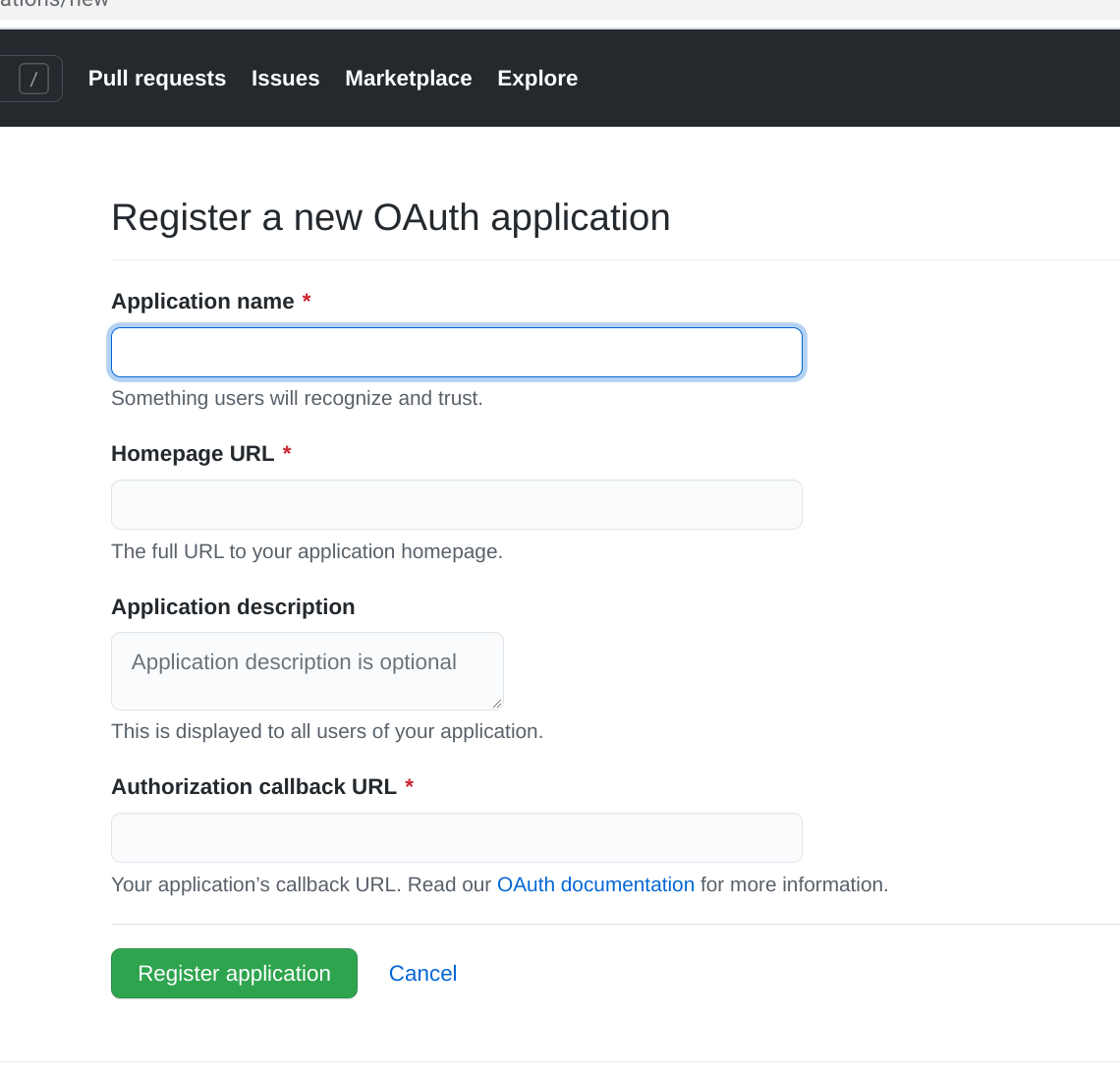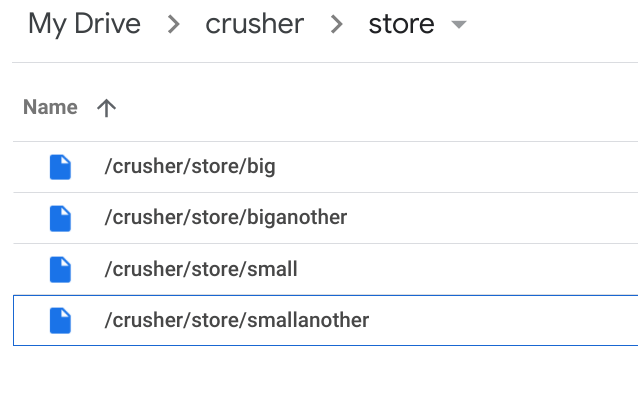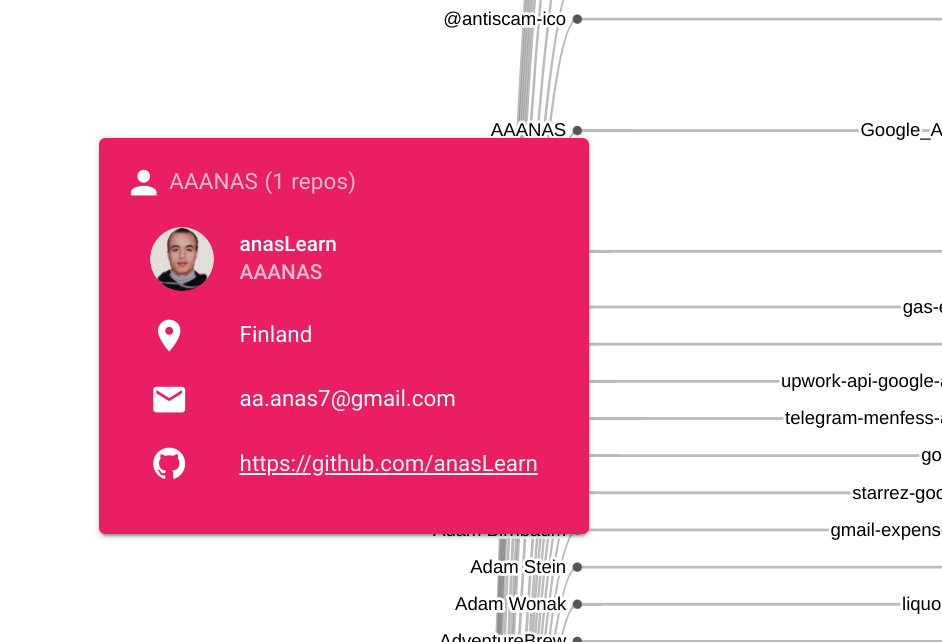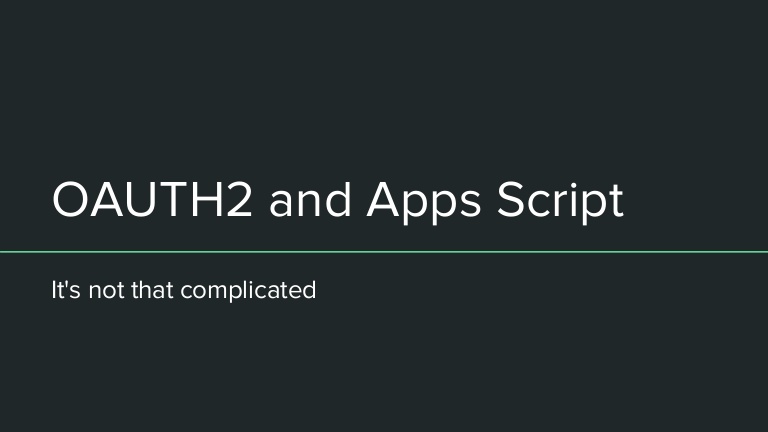Use Github as a back end for caching large objects across platforms. It’s possible to use a github repo as the back end for a caching service, and by taking this approach we can share data between Apps script and multiple platforms. It also means you can retrieve the data with the git CLI in addition. It works in exactly the same way as all the other backends. … Using a regular git Repo means you can make it private and share it using the tools already built into Github.
Source: Github as an Apps Script cache platform – Desktop Liberation

Member of Google Developers Experts Program for Google Workspace (Google Apps Script) and interested in supporting Google Workspace Devs.




